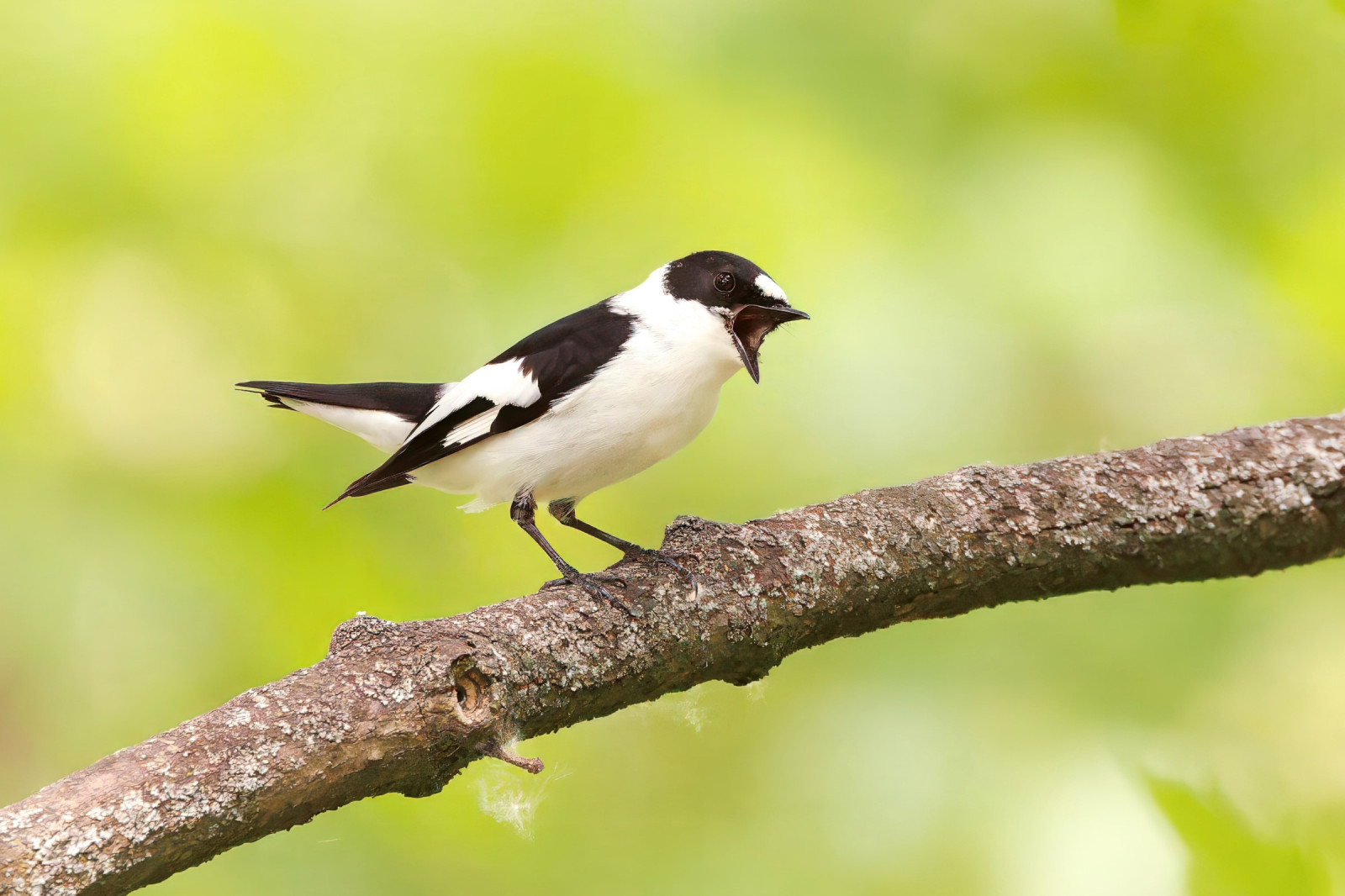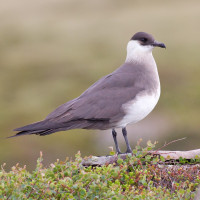Beschreibung
No less than 244 bird species have been recorded on the islands of Stockskär and Häradskär. In March the migration of Eiderente starts. Thousands of of them can bee seen migrating past the island if the weather is okay. At the same time the first Sandregenpfeifer, Brandgans, Austernfischer and Strandpieper can be seen in smaller numbers. You can also see smaller amounts of migrating marine ducks and loons, but only in small numbers. At this time the first auks also arrive.
In April the spring birds continue to arrive. The migration of marine ducks continues, and sometimes hundreds of Bergente might be seen migrating. Sometimes a couple of Haubentaucher, Ohrentaucher and Rothalstaucher can be seen resting or passing. The first terns also arrive in april.
In May large number passerine birds arrive. Hundreds of warblers can bee seen resting on the island on their way north. Some birds who are numerous during this season are Gartenrotschwanz (as many as 50 have been seen in a day), Klappergrasmücke (as many as 750 have been seen in a day), Dorngrasmücke (as many as 50 have been seen in a day), Fitis (up to 500 have been seen in a day), Mönchsgrasmücke (as many as 150 have been seen in a day), Fitis (as many as 500 have been seen in a day), Zilpzalp (as many as 40 have been seen in a day), Waldlaubsänger (as many as 75 have been seen in a day). Most passerine birds are seen around the 10th of May. Along with theese birds you can find many rare ones like Blaukehlchen (relativley common) Halsbandschnäpper (possible if the conditions are right), Zwergschnäpper (seen almost every year) Hausrotschwanz (seen every year), Sumpfohreule (seen almost every year) Ringdrossel (seen some years), Bindenkreuzschnabel (some years) Zwergammer (seen only some years). In May large amounts terns also pass the islands, sometimes in the hundreds.
After May has passed it is not until September that the islands start to become rich in birds. The migration starts with passing Rothalstaucher. A few passerine birds also rest on the island on their way south. Like Feldschwirl (rare). It is in the middle of September that the waterfowl starts to migrate south which continues all the way into September. Starting with marine ducks and dabbling ducks. Most common are the Trauerente (as many as 4400 have been seen migrating in a day), Samtente (as many as 3400 have been seen migrating in a day), Mittelsäger (as many as 770 have been seen migrating in a day), Pfeifente (as many as 3600 have been seen migrating in a day) who can be seen in the thousands migrating. Later in the season Ringelgans starts to migrate south often in the thousands.
In October/late September the large amounts of passerine birds return, this time with hundreds of Wintergoldhähnchen (at most 600), Rotkehlchen (at most 300), Zaunkönig (at most 400), Waldbaumläufer (at most 120), Taigabirkenzeisig (at most 800), Singdrossel (at most 500). In autumn ringing is carried out at Häradsskär. Along with these birds it is not rare to find a rare warbler or pipit like Gelbbrauen-Laubsänger (almost every year), Zilpzalp (the siberan subspecies tristis is regular at the island), Goldhähnchen-Laubsänger (in total 10 of this vagrant have been seen on the island). The islands are quite attractive to many birds and the place has a quite long list of vagrants. This island also has the only 2 records of Streifenschwirl in Sweden. In no other place has this bird been seen, but here its been seen twice.
Details
Zugang
The boats to Häradskär start from Fyrudden harbour. Getting to Häradskär with a ferry costs from 400 SEK per person (evening trip to Häradskär with Skärgårdskompaniet, see the link below for more info). Taxi boats are more expensive, but you can choose when you want to go.
Terrain und Habitat
Wald , Vereinzelte Bäume und Büsche , MeerBedingungen
HügeligRundweg
NeinIst ein Spektiv nützlich?
Möglicherweise hilfreichGute Beobachtungszeit
Frühjahr , SommerBeste Beobachtungszeit
Herbstzug , Herbst , Frühjahrszug , FrühjahrRoute
Normaler WegSchwierigkeitsgrad der Tour
DurchschnittlichErreichbarkeit
BootBeobachtungshütten oder -türme
NeinZusätzliche Informationen
The ringing of birds is carried out in autumn.



